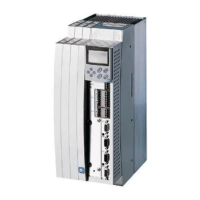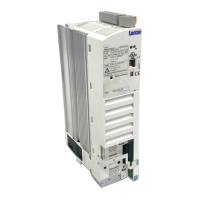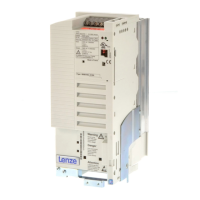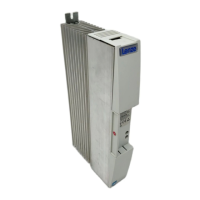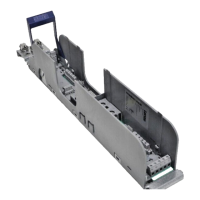Wiring the standard device
Basics for wiring according to EMC
Installation in the control cabinet
5
5.2
5.2.5
5.2-4
EDSVF9333V EN 3.0-06/2005
5.2.5 Installation in the control cabinet
ƒ Only use mounting plates with conductive surfaces (zinc-coated or
V2A-steel).
ƒ Lacquered mounting plates are not suitable even if the lacquer is
removed from the contact surfaces.
ƒ Ensure a large-surface connection of several mounting plates (e.g.
using earthing strip).
ƒ Connect controller, filters, and chokes to the earthed mounting plate
with a wire of large a cross-section as possible:
ƒ The motor cable is perfectly installed if
– it is routed separately of mains cables and control cables,
– it crosses mains cables and control cables only at a right angle,
ƒ Cables must be routed close to the mounting plate (reference
potential) as freely suspended cables act like aerials.
ƒ Cables must be routed in a straight line to the terminals (avoid “tangle
of cables”).
ƒ Use separate cable ducts for power cables and control cables. Do not
mix up different cable types in one cable duct.
ƒ Minimise coupling capacitances and inductances due to unnecessary
cable lengths and reserve loops.
ƒ Short-circuit unused cores to the reference potential.
ƒ Route the positive and negative cables for DC 24 V together over the
total l ength to prevent loops.
ƒ Connect all components (drive controller, choke, filter) to a central
earthing point (PE rail).
ƒ Create an earth system in star connection.
ƒ Comply with the corresponding minimum cable cross-sections.
Mounting plate requirements
Mounting of the components
Optimum cable routing
Connection system of
earthing

